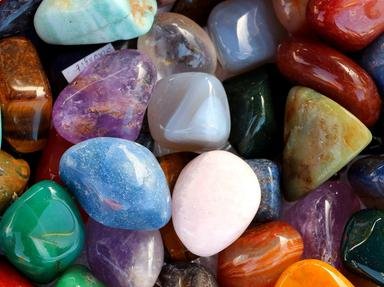Quiz Answer Key and Fun Facts
1. What colour is the peridot?
2. Which part of the world accounts for the highest production of peridot?
3. Prior to the 18th century, peridot was known as topaz. Who gave it the name peridot?
4. Both the peridot and the sardonyx ensure what gift for the person who wears either as a birthstone?
5. The peridot is one of the stones set in the Breastplate of the Second Temple, the ritual garment, sometimes known as the Breastplate of Aaron, that was worn by the Jewish high priest in Biblical times.
6. Which ancient civilization referred to the peridot as the gem of the sun?
7. Where would you have to go to see the world's largest peridot?
8. Which Egyptian queen is said to have had a passion for peridots?
9. Peridots are also found in Hawaii, where traditional lore refers to them as -
10. What is the connection between the Apache and peridots?
Source: Author
Cymruambyth
This quiz was reviewed by FunTrivia editor
Exit10 before going online.
Any errors found in FunTrivia content are routinely corrected through our feedback system.
